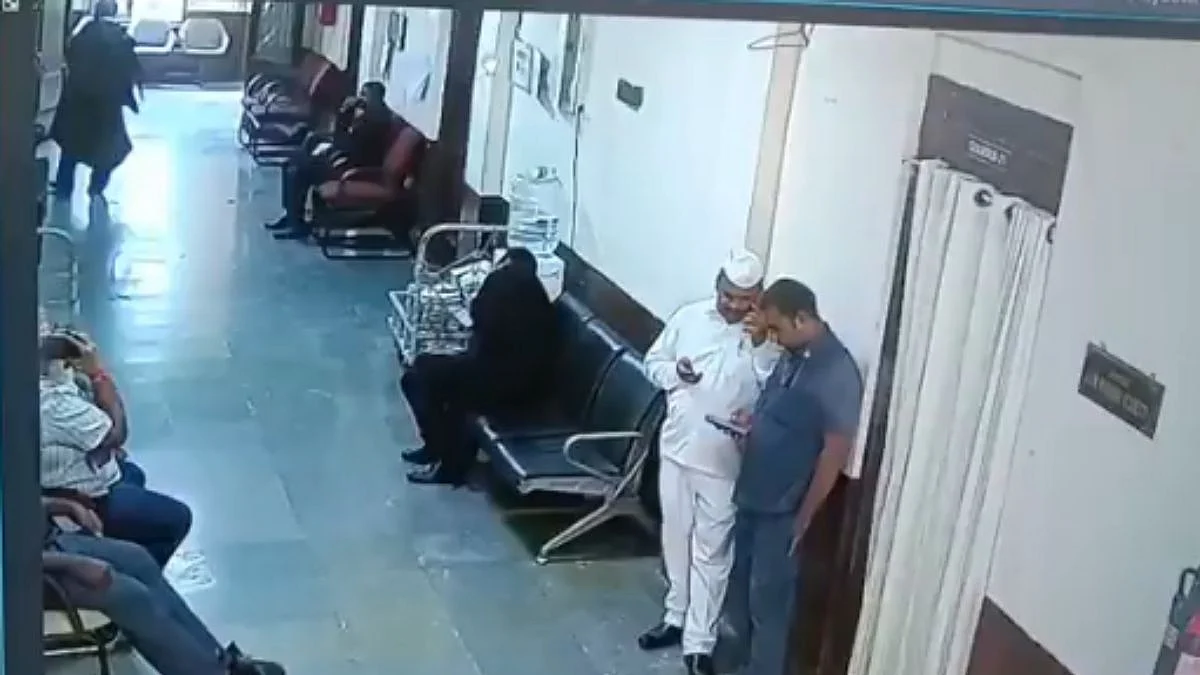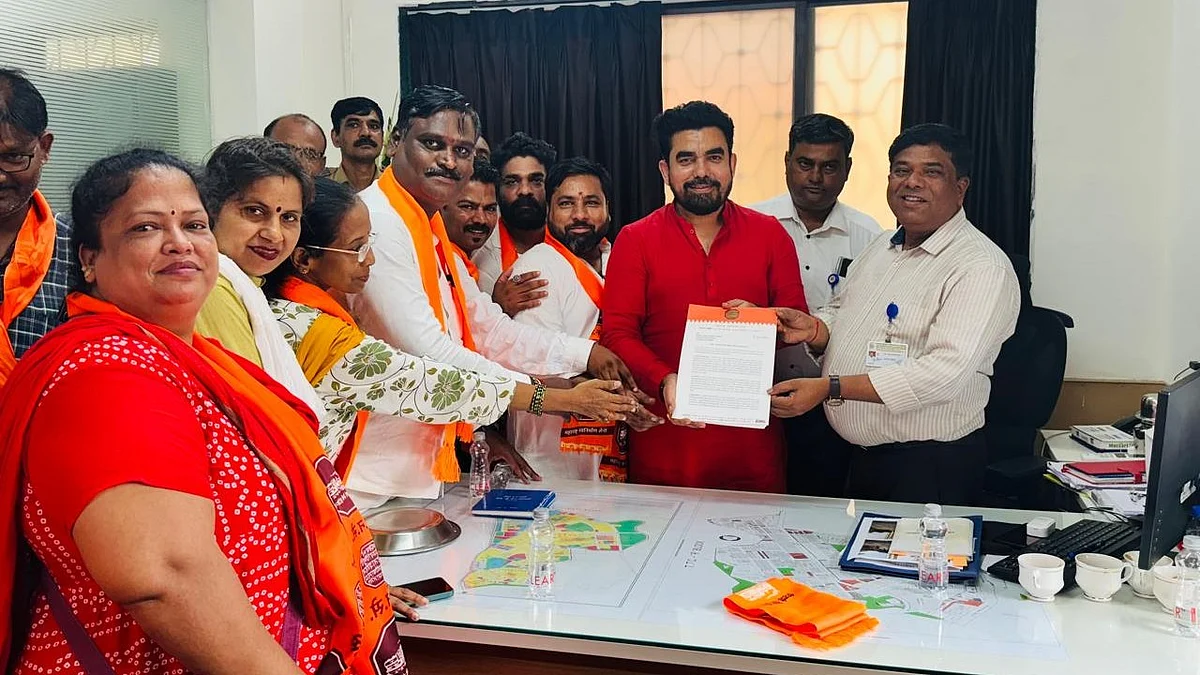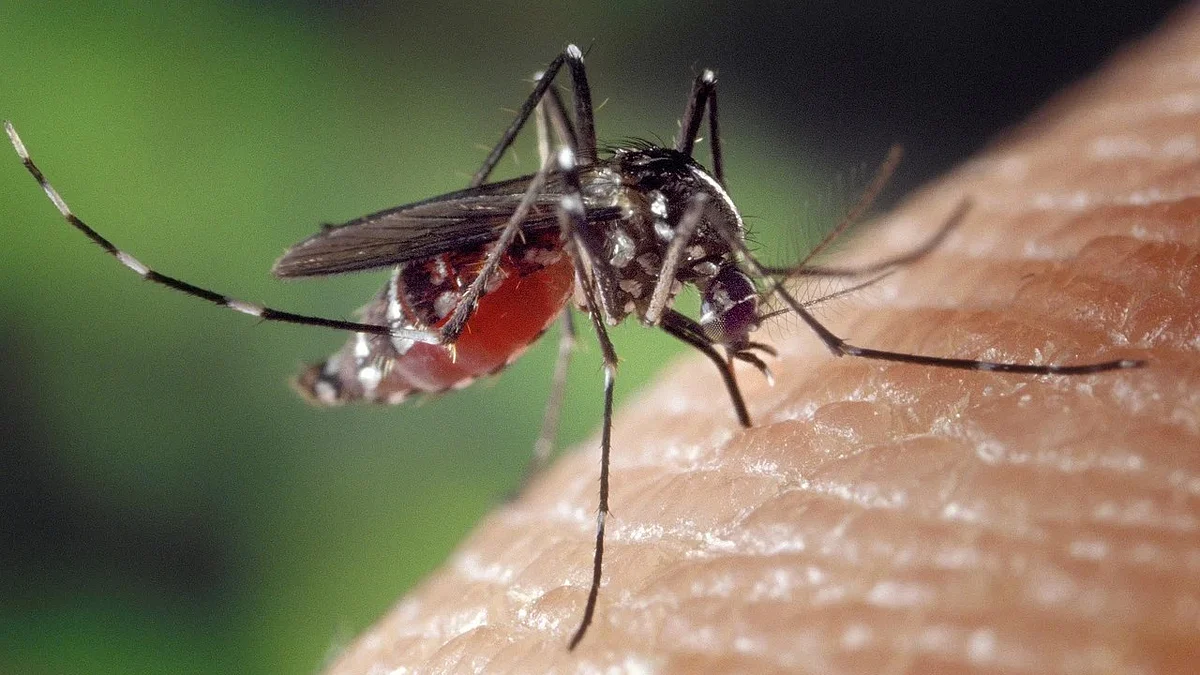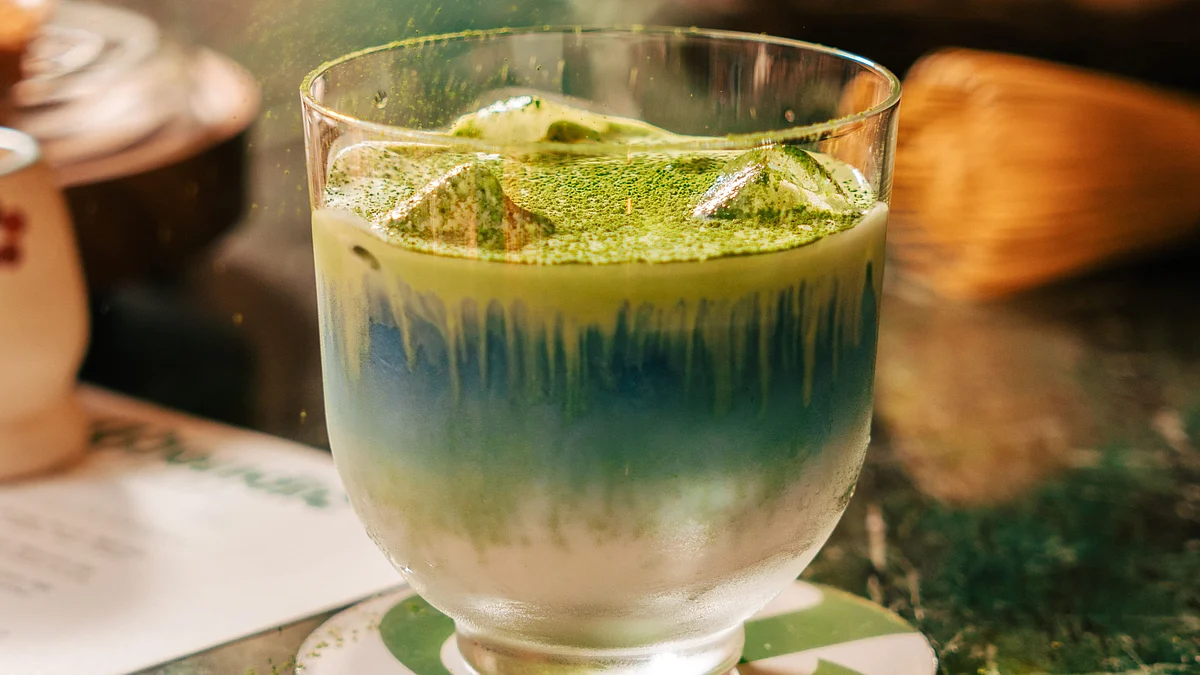Our nervous system is our command centre. It originates from the brain and affects every aspect of our health, including our automatic responses to the world around us - these include our thoughts, memory, learning, and emotions. It guides almost everything we do such as; movements, balance and coordination. It controls our senses, including how our brain interprets what we see, hear, taste, touch and feel, blushing and blinking. Sleep, healing and ageing, heartbeat and breathing patterns, response to stressful situations, digestion, as well as how hungry and thirsty we feel. In short, it’s the nervous system that allows us to experience our living selves and our environment.
However, the nervous system is exposed to diseases, accidents, toxins and the natural ageing process that can cause damage. This is how the system works.
Nerve damage can happen in several ways. Some of the most common causes of nerve damage include disease, stroke, injury due to an accident, pressure; toxic substances, and ageing.
One should see a doctor when the following symptom appears:
Vision problems or headaches
Slurred speech
Numbness, tingling, or loss of sensation in one’s arms or legs
Tremors or tics (random muscle movements)
Changes in behaviour or memory
Problem with coordination or moving of muscles
Pankaj Mudra

In addition to medical advice, one can also perform a yogic hand gesture called the Pankaj (Lotus) Mudra as a complementary healing protocol or even as a preventive. The seated yogic Lotus Pose is meant to calm the body and mind. The Pankaj Mudra is designed to open the heart chakra and channel energy in the body. This mudra connects us to the Anahata Chakra or the Heart Chakra. This Mudra in making our minds, thoughts, and feelings positive for others.
The Pankaj Mudra is associated with purity and positivity that is performed together with deep breathing. It is a yogic hand gesture that is performed by both hands. One can practice anytime and anywhere.
Sit in a comfortable posture and place the hands with the palms pointing upwards on the thighs or the knees
Close your eyes and take deep breaths with the awareness of the breathing process
Now, bring both hands in front of the chest
The thumbs pointing in toward the chest
After that, you need to spread the index, middle, and ring fingers widely, just like an open lotus
Touch your thumbs and the small fingers together only
Remove all thoughts from the mind and focus only on your breathing
Do not decrease or increase the speed of breath
Perform this pose for 15 minutes at a stretch every day or for five minutes three times a day
Pankaj Mudra can be practised by placing both hands parallel to your forehead
Do not apply pressure on fingers or thumb
This mudra could also be practised in standing, sitting or lying down on a bed. All mudras are effective when you do them before dawn. To get excellent and efficient results, practice regularly for two months.
(There are over 350 health problems that can be prevented/cured with mudras. To know more visit www.artofselfhealing.in)











